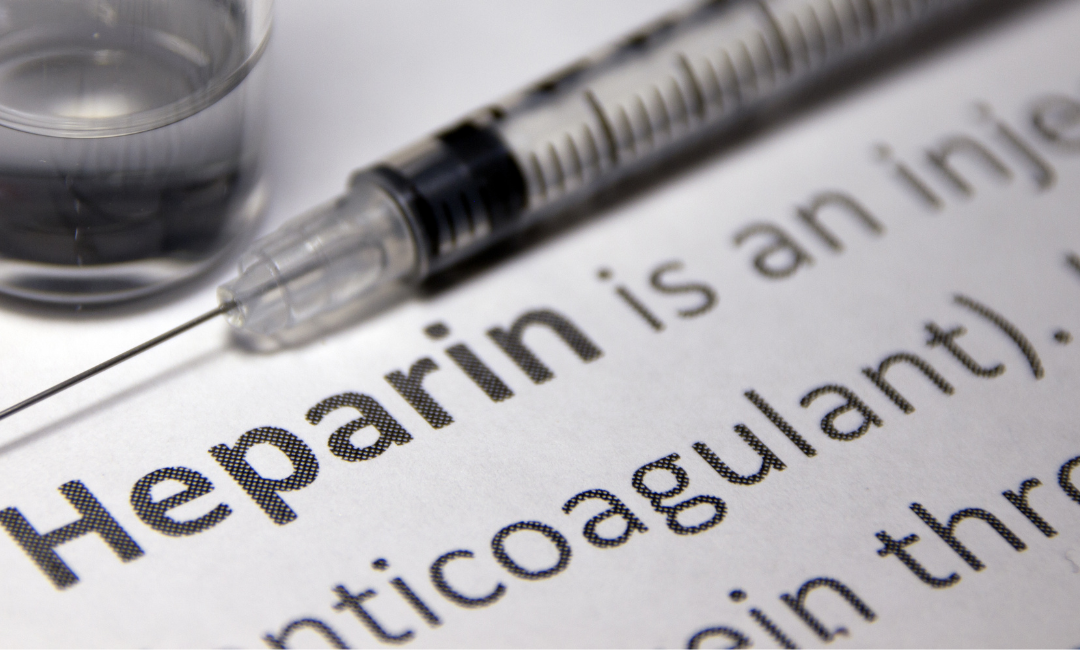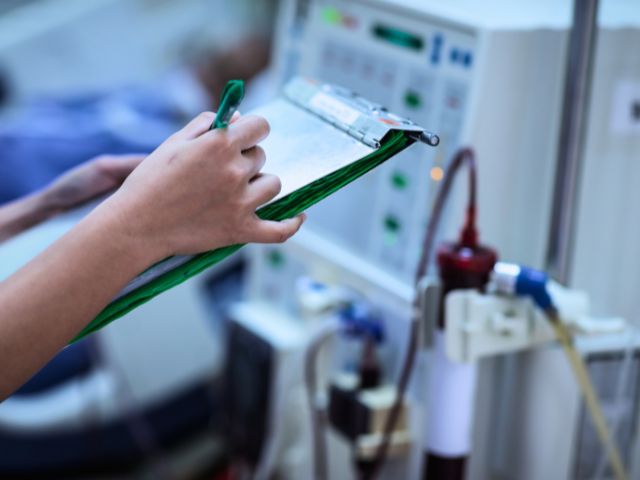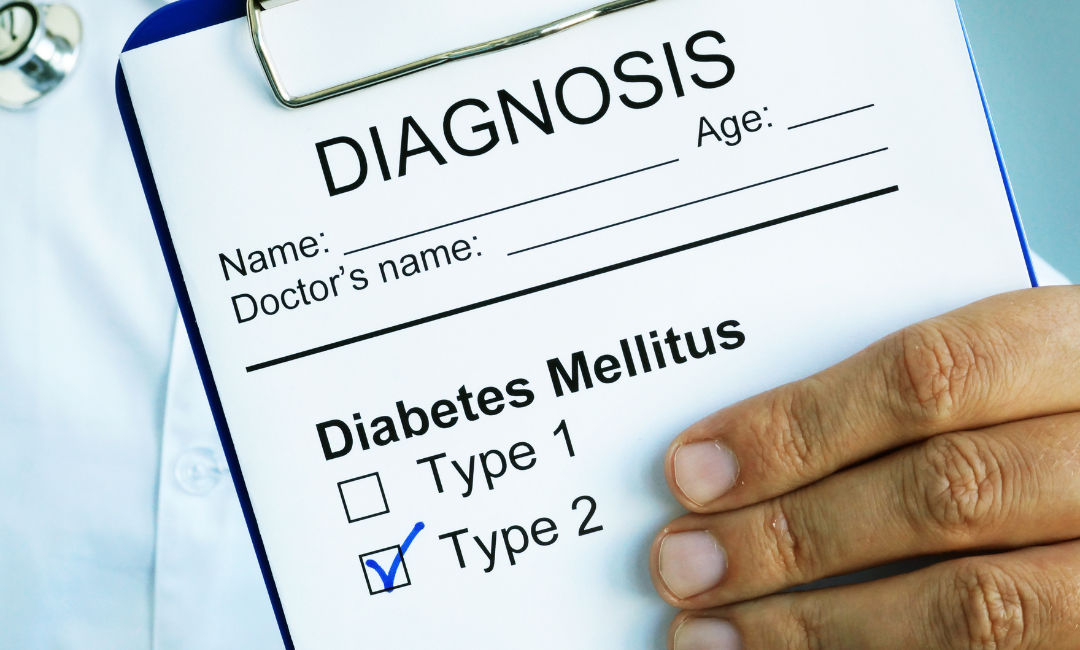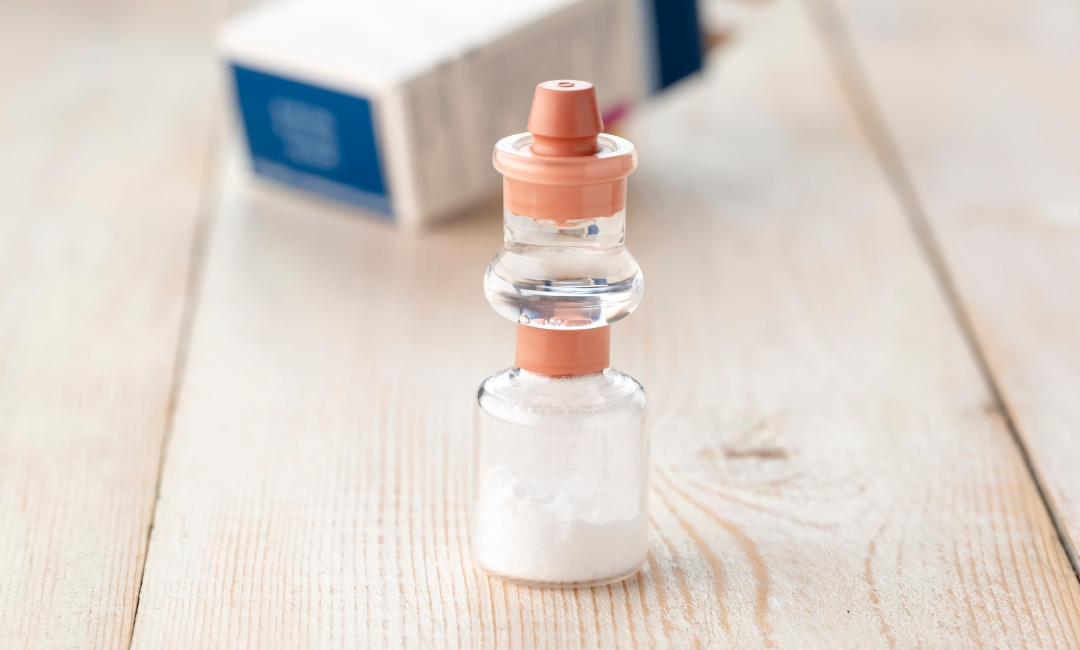Knowledge of Hyperkalemia
Hyperkalemia is a condition in which the serum potassium level exceeds the normal limits, greater than 5 mEq/L. The normal serum potassium levels range from 3.5 to 5 mEq/L.
Hyperkalemia can be classified as mild, moderate, and severe, depending on the serum potassium levels.
- Mild hyperkalemia is from 5 to 6 mEq/L
- Moderate hyperkalemia is from 6.1 to 7 mEq/L
- Severe hyperkalemia is 7 mEq/L and greater
In around 10% of hospital admissions, the patients are diagnosed with hyperkalemia. It can occur due to reasons like:
- Increased potassium intake
- Reduction in potassium excretion
- The shift of potassium out of the cells
- Impaired renal function
- Due to other treatments and medication intake that affect serum potassium levels
Potassium plays an essential role in maintaining cardiac function. Therefore, high serum potassium levels have to be corrected soon. Sometimes, hyperkalemia is the first sign of cardiac arrest.
Potassium is excreted by the kidneys. It acts as the major intracellular cation and balances sodium in the extracellular fluid (ECF) to maintain electroneutrality in the body. The normal ratio is approximately 40 mEq of potassium in 1 L urine.
The body does not store potassium. Therefore, it needs to be replenished through daily dietary intake. The body can also exchange it for hydrogen when changes in the body’s pH call for a need for cation exchange- a situation that occurs in metabolic alkalosis or other alterations that lead to increased cellular uptake of potassium, including insulin excess and renal failure.









